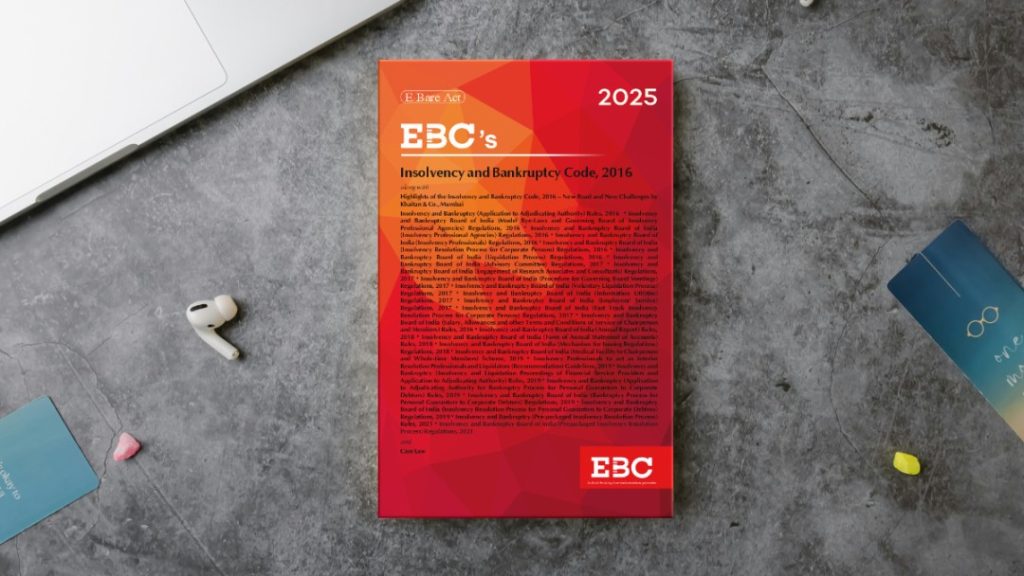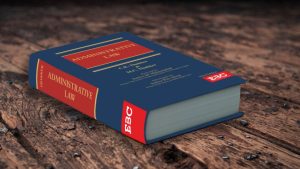
Insolvency is no longer just about closing down failed businesses. Today, it’s about reviving distressed companies, protecting jobs, and preserving economic value.
Modern insolvency law recognizes that a company’s financial distress doesn’t necessarily mean the end of the road — sometimes, it simply needs restructuring, negotiation, or new capital to bounce back.
To understand this evolving space, let’s explore the core principles, shifting priorities, key stakeholders, and emerging trends shaping insolvency law in India and across the world.
Core Principles of Insolvency and Bankruptcy Frameworks
Every insolvency system rests on a few foundational ideas that balance fairness, efficiency, and recovery.
1. Equitable Treatment of Creditors
All creditors should be treated fairly according to legal priority. For example, secured creditors get paid first from collateral, while operational creditors follow in order.
2. Maximisation of Asset Value
The aim is to extract the best possible value from the debtor’s assets — whether through restructuring, sale, or merger. The Insolvency and Bankruptcy Code, 2016 (IBC) emphasizes this in its Preamble itself.
Preamble of IBC: “To consolidate and amend the laws relating to reorganisation and insolvency resolution… in a time-bound manner for maximisation of value of assets of such persons.”
3. Timely Resolution
Time is critical. The IBC sets a 330-day limit (including litigation) for corporate insolvency resolution. Delays can quickly erode value.
4. Balance of Interests
Modern insolvency law seeks balance — between debtors’ need for relief and creditors’ right to recover dues.
Example: If a company can be saved by restructuring debts, both sides benefit — the business survives, and creditors recover more than they would through liquidation.
From Liquidation to Resolution: A Paradigm Shift
Not long ago, insolvency was viewed as a dead end. Once a company failed to pay its debts, liquidation — selling assets and shutting down operations — was the only option.
However, this “fire-sale” approach often destroyed more value than it recovered. Over time, policymakers realized that many businesses could be revived instead of buried.
The Indian Turnaround
When the IBC, 2016 came into effect, it transformed India’s insolvency landscape. Its central idea was “resolution over liquidation.”
This means the law now encourages restructuring, mergers, or sales as going concerns — keeping viable companies alive.
Real Example
Take the case of Jet Airways (India) Ltd. — once grounded, but later revived under the IBC process through a resolution plan involving new investors. This marked a shift from mere debt recovery to business revival.
In Short
Old approach: “Break it up and sell the parts.”
New approach: “Fix it and make it work again.”
This shift represents a fundamental change — insolvency is now a tool for economic recovery, not just a legal remedy.
Stakeholders and Their Competing Interests
Insolvency is a multi-stakeholder process — meaning several players with different (and sometimes conflicting) interests are involved.
Let’s meet the main ones:
1. The Debtor (Corporate or Individual)
The entity in financial distress. Their goal is usually survival — through restructuring, debt relief, or a second chance.
2. Financial Creditors
Banks and financial institutions that have lent money. They typically want maximum recovery in the shortest possible time.
3. Operational Creditors
Suppliers, employees, or contractors who are owed money. Their interests often differ from financial creditors, especially in how recovery is prioritized.
4. Resolution Professional (RP)
A licensed professional who takes over the company’s management during insolvency and ensures transparency and compliance.
5. Committee of Creditors (CoC)
The decision-making body under the IBC, consisting of financial creditors. They evaluate and approve resolution plans.
6. Adjudicating Authority (NCLT)
The National Company Law Tribunal oversees insolvency proceedings and ensures that the process follows the law.
Each of these stakeholders has a vital role — but also competing goals. For example, while creditors may want faster liquidation, employees may prefer restructuring to save their jobs. The law, therefore, must strike a delicate balance among all.
Global and Indian Trends: An Evolving Ecosystem
Insolvency law is not static. Around the world, countries are constantly adapting their systems to modern business realities.
India’s Evolution – IBC 2016 and Beyond
The Insolvency and Bankruptcy Code (IBC) consolidated multiple fragmented laws into one comprehensive framework. Over the years, it has evolved through amendments and court decisions to:
- Introduce pre-packaged insolvency for MSMEs
- Enable group insolvency for interlinked companies
- Encourage cross-border cooperation (following the UNCITRAL Model Law principles)
Global Innovations
- United States (Chapter 11) – Allows companies to reorganize while continuing operations.
- United Kingdom (Administration Process) – Protects companies from creditor action while they restructure.
- Singapore – Integrates mediation and restructuring tools in its insolvency regime.
These international models are influencing India’s direction — especially regarding cross-border coordination and group insolvency, where multiple related companies face joint financial distress.
ADR and Alternative Financing: The New Frontier
As insolvency cases grow more complex, new tools are emerging to make the process faster and fairer.
Alternative Dispute Resolution (ADR)
Mediation and negotiation are gaining traction as pre-insolvency or mid-process settlement tools. Instead of lengthy litigation, mediation allows creditors and debtors to find mutually acceptable solutions.
Example: A company facing insolvency might negotiate a partial payment plan with creditors through mediation, avoiding formal proceedings altogether.
In 2024, the IBBI Expert Committee proposed introducing voluntary mediation into the IBC framework — signaling a major shift towards consensual resolution.
Third-Party Funding (TPF)
Third-party funding is another emerging trend. Here, an investor funds insolvency litigation or claims recovery in exchange for a portion of the recovered amount.
This helps companies pursue justice or resolution even when they lack funds. Many international jurisdictions — including Singapore, Australia, and the UK — already allow it. India is gradually opening up to this idea.
The modern insolvency landscape is collaborative, commercial, and creative. It no longer sees insolvency as failure but as a reset button for businesses to start afresh. The IBC’s design — with its emphasis on value maximisation, stakeholder coordination, and time-bound resolution — mirrors global best practices. At the same time, the introduction of mediation, third-party funding, and cross-border cooperation shows how India is aligning its insolvency regime with the realities of the global economy.
If you’d like to dive deeper into the actual text of the Insolvency and Bankruptcy Code, 2016, you can refer to the bare act (print or eBook) available on EBC Webstore. It’s a great resource for students, professionals, and researchers who want to understand the law directly from the source.
Insolvency and Bankruptcy Code, 2016 – Bare Act (Print & eBook)
















